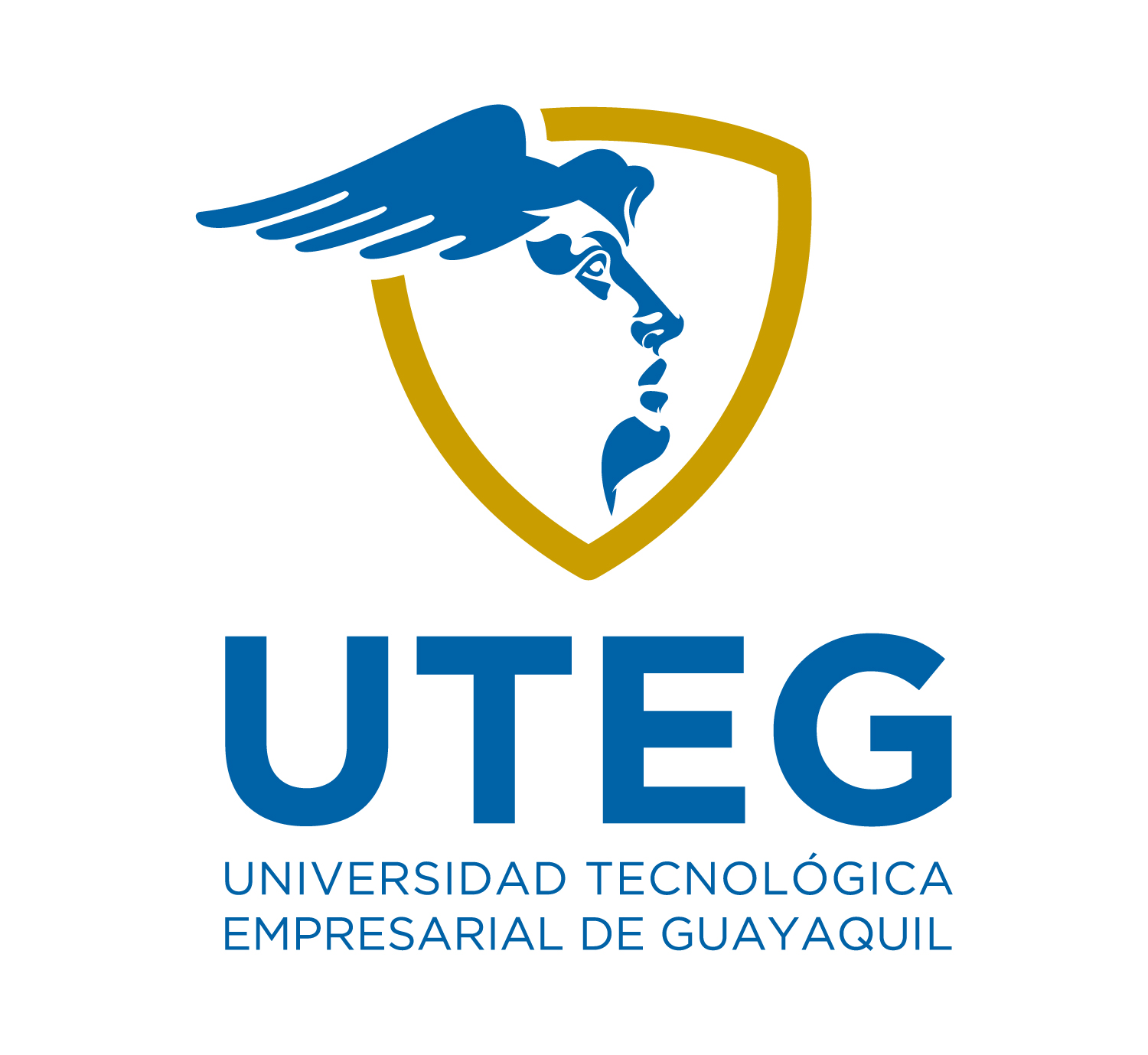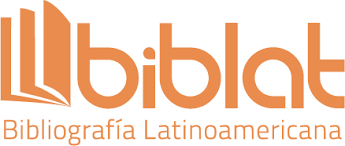Uso de las tecnologías de la información y la comunicación para reducir el desperdicio de alimentos
DOI:
https://doi.org/10.47189/rcct.v24i43.675Palabras clave:
Tecnologías de la información y la comunicación (TIC), tecnologías digitales, inteligencia artificial, sostenibilidad, desperdicio de alimentosResumen
La cadena de suministro de alimentos ha mostrado ciertas deficiencias en cuanto al control y prevención del desperdicio de alimentos, debido principalmente a la sobreproducción, la falta de conciencia y compromiso social y la mala coordinación entre los diferentes niveles de la cadena alimentaria. Este hecho está provocando múltiples problemas ambientales relacionados con la emisión de gases de efecto invernadero y pérdidas económicas y sociales. El desarrollo de las Tecnologías de la Información y la Comunicación (TIC) en la actual era digital (Industria 4.0) contribuye a una mayor trazabilidad de los productos alimentarios, a la obtención de alimentos más seguros y de mayor calidad y de sistemas alimentarios sostenibles y altamente productivos. El uso de las TIC, junto con los cambios en los hábitos de consumo, la gestión de residuos y las nuevas leyes gubernamentales, son clave para abordar de manera integral la prevención de las pérdidas y el desperdicio de alimentos. El objetivo de este trabajo es realizar una revisión bibliográfica sobre el uso de las TIC como mejora tecnológica aplicada en el sector alimentario para ayudar a solucionar el problema del desperdicio en todas las etapas de la cadena alimentaria, “de la granja a la mesa”.
Descargas
Referencias
Arvanitoyannis, I. S., & Stratakos, A. C. (2012). Application of modified atmosphere packaging and active/smart technologies to red meat and poultry: A review. Food Bioprocess Technology, 5, 1423–1446. https://doi.org/10.1007/s11947-012-0803-z
Aschemannn-Witzel, J., de Hooge, I., Amani, P., et al. (2015). Consumer-Related Food Waste: Causes and Potential for Action. Sustainability, 7, 6457–6477. https://doi.org/10.3390/su7066457
Bader, F., & Rahimifard, S. (2020). A methodology for the selection of industrial robots in food handling. Innovative Food Science and Emerging Technologies, 64, 102379. https://doi.org/10.1016/j.ifset.2020.102379
Baur, P., & Iles, A. (2023). Replacing humans with machines: a historical look at technology politics in California agriculture. Agriculture and Human Values, 40, 113–140. https://doi.org/10.1007/s10460-022-10341-2
Bellemare, M. F., Çakir, M., Peterson, H. H., et al. (2017). On the measurement of food waste. Am J Agric Econ.:99:1148–1158.
Cane, M., & Parra, C. (2020). Digital platforms: Mapping the territory of new technologies to fight food waste. British Food Journal, 122, 1647–1669. https://doi.org/10.1108/BFJ-06-2019-0391
Cappelletti, F., Papetti, A., Rossi, M., et al. (2022). Smart strategies for household food waste management. Procedia Computer Science, 200, 887–895. https://doi.org/10.1016/j.procs.2022.01.286
Chan, M., Campo, E., Estève, D., et al. (2009). Smart homes-current features and future perspectives. Maturitas, 64, 90–97. https://doi.org/10.1016/j.maturitas.2009.07.014
Daudelin, J., Jing, G., Tosun, T., et al. (2018). An integrated system for perception-driven autonomy with modular robots. Science Robotics, 3, 1–6. https://doi.org/10.1126/scirobotics.aat49
Despoudi, E., Bucatariu, C., Otles, S., et al. (2021). Food waste management, valorization, and sustainability in the food industry. In Galanakis, C. M. (Ed.) Food Waste Recovery. Processing Technologies, Industrial Techniques, and Applications (pp. 3-19). Academic Press.
EC (European Commission). (2023). EU Food Loss and Waste Prevention Hub. https://ec.europa.eu/food/safety/food_waste/eu-food-loss-waste-prevention-hub/about
European Commission Directorate-General for Health and Food Safety (2016). Market study on date marketing and other information provided on food labels and food waste prevention.
European Parliament (2017). European Parliament resolution of 16 May 2017 on initiative on resource efficiency: reducing food waste, improving food safety. Official Journal of the European Union, 307, 25–43.
FAO (Food and Agriculture Organization of the United Nations) (2023). Sustainable development goals, https://www.fao.org/sustainable-development-goals/en/
FAO (Food and Agriculture Organization of the United Nations) (2019). The state of food and agriculture: Moving forward on food lost and waste. https://www.fao.org/3/ca6030en/ca6030en.pdf
Flores Pimentel, B., Misopoulos, F., & Davies, J. (2022). A review of factors reducing waste in the food supply chain: The retailer perspective. Cleaner Waste Systems, 3, 100028. https://doi.org/10.1016/j.clwas.2022.100028
Grewal, L. (2019). The Self-Perception Connection: Why Consumers Devalue Unattractive Produce. Journal of Marketing, 83, 89–107. https://doi.org/10.1177/0022242918816319
Heising, J. K., Dekker, M., Bartels, P. V., et al. (2014). Monitoring the quality of pershable foods: Opportunities for intelligent packaging. Critical Review in Food Science and Nutrition, 54, 645–654. https://doi.org/10.1080/10408398.2011.600477
Ishangulyyev, R., Kim, S., & Lee, H. (2019). Understanding Food Loss and Waste. Why Are We Losing and Wasting Food? Foods, 8(8), 297. https://doi.org/10.3390/foods8080297
ISO 8373:2012 (2012). Robots and robotic devices – Vocabulary. https://www.iso.org/standard/55890.html
Karwowska, M., Łaba, S., & Szczepanski, K. (2021). Food Loss and Waste in Meat Sector. Why the Consumption Stage Generates the Most Losses? Sustainability, 13, 6227. https://doi.org/10.3390/su13116227
Liegeard, J., & Manning, J. (2020). Use of intelligent applications to reduce household food waste. Critical Review in Food Science and Nutrition, 60, 1048–1061. https://doi.org/10.1080/10408398.2018.1556580
Martin-Rios, C., Demen-Meier, C., & Gössling, S. (2018). Food waste management innovations in the foodservice industry. Waste Management, 79, 196–206. https://doi.org/10.1016/j.wasman.2018.07.033
Meng, X., Kim, S., Pulingundla, P., et al. (2014). Carbon dioxide and oxygen gas sensors-possible application for monitoring quality, freshness and safety of agricultural and food products with emphasis on importance of analytical signals and their transformation. Journal of the Korean Society for Applied Biological Chemistry, 57, 723–733. https://doi.org/10.1007/s13765-014-4180-3
Müller, P., & Schmid, M. (2019). Intelligent Packaging in the Food Sector: A Brief Overview. Foods, 8(1), 16. https://doi.org/10.3390/foods8010016
Naresh, V., & Lee, N. (2021). A Review on Biosensors and Recent Development of Nanostructured Materials-Enabled Biosensors. Sensors (Basel), 21(4), 1109. https://doi: 10.3390/s21041109
Nguyen, T. H. (2020). Employing gamification to support sustainable food consumption. Analysis and Redesign of the Too Good To Go mobile app. [Master thesis, Umea University].
Nolte, K. D. (2011). The integration of variable rate technologies for a soil applied herbicide in leafy green production. Journal of Soil Science and Environmental Management, 2,159–166.
Panjagari, N. R., Raman, R. K., Uma, K., et al. (2021). Freshness indicators for real-time quality evaluation of packaged animal origin foods: A mini-review. Indian Journal of Animal Health, 60(2), 153–166. https://doi.org/10.36062/ijah.2021.spl.02421
Papaioannou, H., Mazzei, R., Bazzarelli, F., et al. (2022). Agri-Food Industry Waste as Resource of Chemicals: The Role of Membrane Technology in Their Sustainable Recycling. Sustainability, 14, 1483. https://doi.org/10.3390/su14031483
Plan de Acción de Economía Circular 2021-2023 (2021). https://www.miteco.gob.es/es/calidad-y-evaluacion-ambiental/temas/economia-circular/plan_accion_eco_circular_def_nipo_tcm30-529618.pdf
Poyatos-Racionero, E., Ros-Lis, J. V., & Vivancos, J. L. (2017). Recent advances on intelligent packaging as tools to reduce food waste. Journal of Cleaner Production, 172, 3398–3409. https://doi.org/10.1016/j.jclepro.2017.11.075
Principato, L., Pratesi, C. A., & Secondi, L. (2018). Towards Zero Waste: an Exploratory Study on Restaurant managers. International Journal of Hospitality Management, 74, 130–137. https://doi.org/10.1016/j.ijhm.2018.02.022
Realini, C. E., & Marcos, B. (2014). Active and intelligent packaging systems for a modern society. Meat Science, 98, 404–419. https://doi.org/10.1016/j.meatsci.2014.06.031
Sai Mohan, S., Ajay, A., & Jayan, P. R. (2021). GPS and Sensor Based Technologies in Variable Rate Fertilizer Applications. International Journal of Agriculture Environment and Biotechnology, 14, 21–27. https://doi.org/10.30954/0974-1712.01.2021.4
Stenmarck, G., Jensen, A., Quested, C., et al. (2016). Moates T. Estimates of European Food Waste Levels. IVL Swedish Environmental Research Institute: Stockholm, Sweden.
Stevens, G. C., & Johnson, M. (2016). Intergrating the supply chain.25 years on. International Journal of Physical Distribution & Logistics Management, 46, 19–42. https://doi.org/10.1108/IJPDLM-07-2015-0175
Tang, Y., Chen, M., Wang, C., et al. (2020). Recognition and Localization Methods for Vision-Based Fruit Picking Robots: A Review. Frontiers in Plant Science, 11, 510. https://doi.org/10.3389/fpls.2020.00510
Tromp, S. O., Haijema, R., Rijgersber, H., et al. (2016). A systematic approach to preventing chilled-food waste at the retail outlet. International Journal of Production Economics, 182, 508–518. https://doi.org/10.1016/j.ijpe.2016.10.003
van der Haar, S., & Zeinstra, G. (2019). The impact of Too Good To Go on food waste reduction at the consumer household level: An explorative study. Food & Biobased Research. Wageningen University.
van Dijk, M., Morley, T., Rau, M. L., et al. (2021). A meta-analysis of projected global food demand and population at risk of hunger for the period 2010–2050. Nature, 2, 494–501.
Vo-Thanh, T., Zaman, M., Hasan, R., et al. (2021). How a mobile app can become a catalyst for sustainable social business: The case of Too Good To Go. Technological Forecasting and Social Change, 171, 1–12. https://doi.org/10.1016/j.techfore.2021.120962
Wang, X., Kang, H., Zhou, H., et al. (2022). Geometry-aware fruit grasping estimation for robotic harvesting in apple orchards. Computers and Electronics in Agriculture, 193, 106716. https://doi.org/10.1016/j.compag.2022.106716
Zhang, G., Zhu, C., Walayat, N., et al. (2023). Recent development in evaluation methods, influencing factors and control measures for freeze denaturation of food protein. Critical Reviews in Food Science and Nutrition, 63, 5874–5889 https://doi.org/10.1080/10408398.2022.2025534
Zhao, Y., Gong, L., Huang, Y., et al. (2016). Robust tomato recognition for robotic harvesting using feature images fusion. Sensors, 16, 1–12. https://doi.org/10.3390/s16020173
Publicado
Número
Sección
Licencia
Derechos de autor 2024 Revista Científica Ciencia y Tecnología

Esta obra está bajo una licencia internacional Creative Commons Atribución-NoComercial 4.0.













